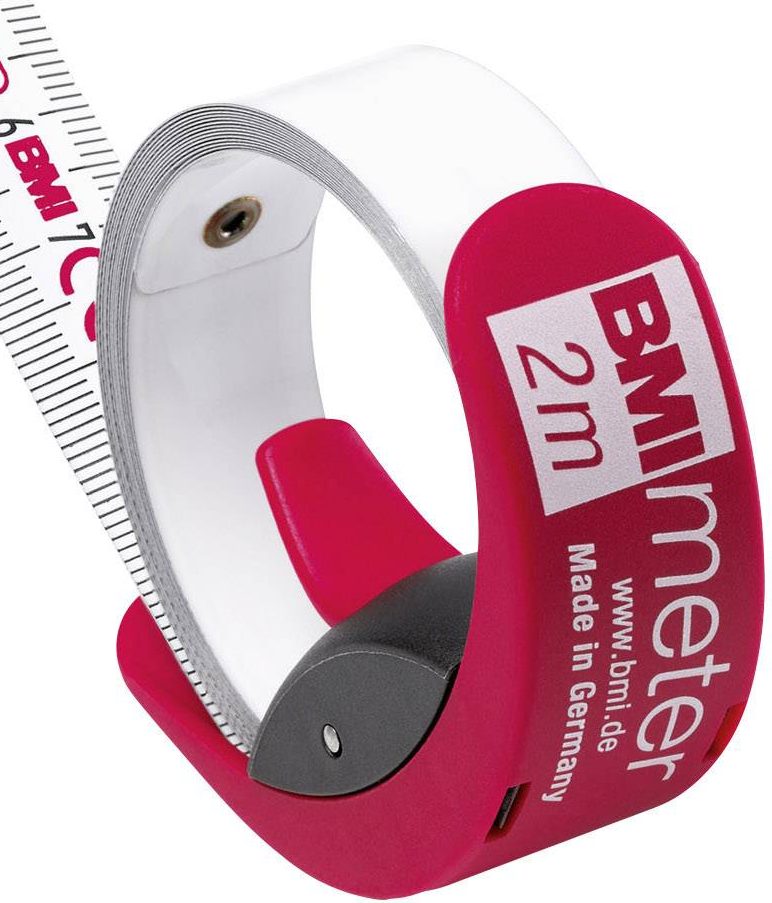
In the wake of the IARU Document putting the 2m proposal down France issued a new document. It claims that 144-146MHz shall remain amateur primary yet that sharing shall be envisioned.
The document can be downloaded from the CEPT Website. Some excerpts and our analysis.
Consequently, the text of the draft Resolution has been improved and has taken into account some reservations expressed by IARU. In particular, the draft resolution no longer seeks only for a primary allocation to the “aeronautical mobile” service in the 144-146 MHz band.
In our opinion this is the only positive aspect in this document. Primary status for Aeronautical service is no longer sought. It shows maybe they are not stubborn.The rest of the document is still troubling.
France recognizes the wide range of amateur applications hosted by the 144-146 MHz band. The band will remain available for all these applications after WRC-23. However a clear vision of the band segmentation per application and associated occupancy rates will be necessary for the sharing and compatibility studies carried on during the WRC-23 preparation cycle. Such studies are essential for assessing the possibilities of frequency sharing and establishing, where appropriate, the conditions that will ensure the continuity of operation and the protection of existing services.
No, like IARU stated there is no need for any study regarding the 144-146MHz band because we are not willing to share the band.
The statement in Annex 2 § a) of Doc. CPG(19)115 denies for instance the relevance of considering an allocation for AMS in the 144-146 MHz band on the ground that there are many MHz of alternative VHF spectrum which could be utilised for this aeronautical requirement. France considers that this view disregards the fact that the effectiveness of studied sharing opportunities will depend upon the characteristics of the incumbent services. Constraints that may apply to specific non-safety aeronautical mobile applications as a result of sharing studies with 160 MHz PMR applications operating in the land mobile service may for instance not be relevant when considering sharing with Amateur service applications in the 144-146 MHz
This directly refers to the IARU response, and actually makes a good point, you do not share an amateur band the same way you share it with land mobile services. Yes, this is all correct but sharing the band with amateurs is more difficult because: occupancy is unpredictable, expected levels cannot be determined precisely. An amateur station does not have effective radiated power limits, and eg. EME users use very high radiated power levels. Does this mean that sharing would lead to EIRP limitations?
The sharing methods that will be defined will have to cope with the above mentioned limitations on the accessible spectrum within the tuning range and the associated regulatory constraints. […]. Use of techniques like, dynamic frequency assignment, antenna treatment, power control, duty cycle control, spread spectrum may be considered.
Spread spectrum would mean wide signal covering the entire or a large part of the 2m band. This means an increased noise level all over the band. Sorry, this is not a proper way to protect amateur service.
The simplified preliminary analysis does not take into account:
The nature of the aeronautical systems considered with the variety of sharing scenario (air to air, ground to air and air to ground) as well as possible mitigation techniques.
The 144-146 MHz band segmentation per application and associated occupancy rates, including provision for future use.
More detailed studies are required during the WRC-23 preparation cycle. The objective will not be to modify the existing amateur allocation in the band 144-146 MHz but to study possible sharing of the band while ensuring the protection of the amateur usage.
‘This paragraph tries to fight back on the documented anaylsis IARU provided in the annex 3 and 4. The statement that IARU does not consider the variety of sharing scenario is a plain dead end. In all case you have an unmanned aircraft flying at an altitude of 20000m. As soon as it transmitts, no matter if this is air to air or air to ground it will be received over a very large zone.
The 144-146MHz segmentation per application. Do the people at ANFR know that, except the space part of the 2m band, the rest of the segmentation is only a gentlemen agreement between amateurs? The repeater segment, the DX segement are something the amateurs agreed on.
In our opinion, the recognition of 2m band as an important asset for amateur service is political cant. No more, no less.


Pingback: New French CEPT paper still seeks 144-146 MHz for Aeronautical | dxerhamnews
Pingback: New French CEPT paper still seeks 144-146 MHz for Aeronautical
Pingback: Germany slams french proposal – Save 2 Meter